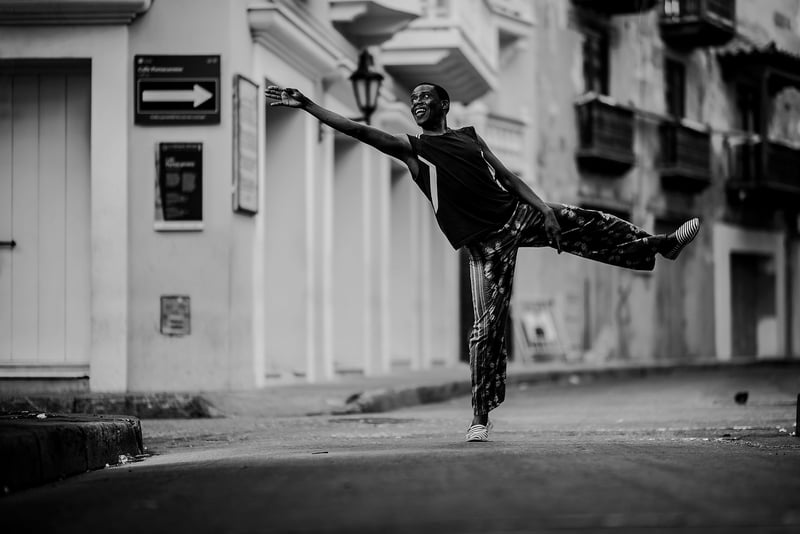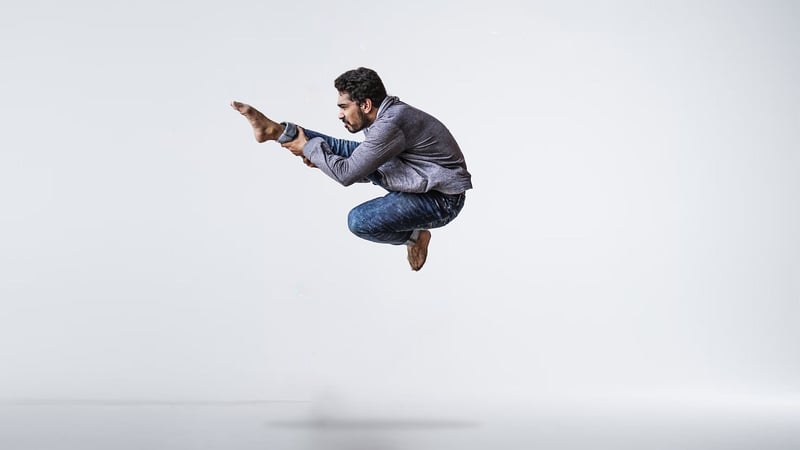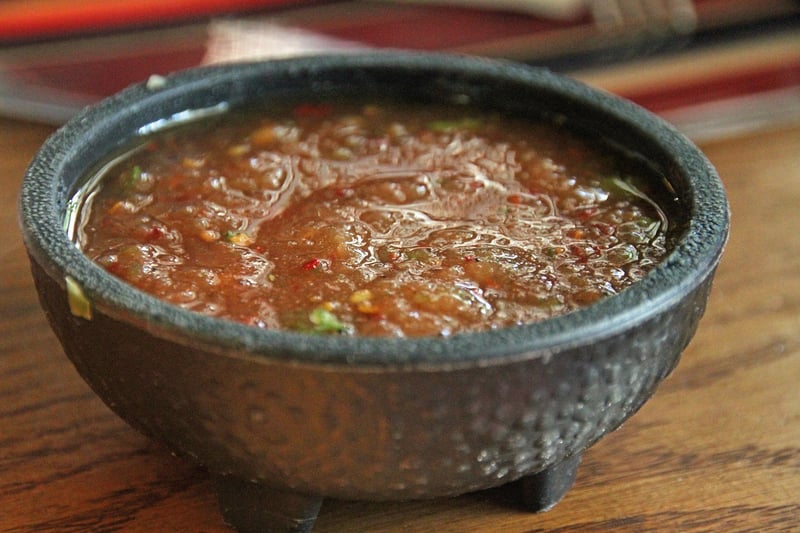Salsa
Exploring Expressive Movement Styles in Salsa Dancing
Salsa dancing is a vibrant and energetic dance style that originated in the Caribbean and Latin America. It is known for its infectious rhythms, intricate footwork, and expressive movements that captivate both dancers and spectators. In salsa dancing, the movements are not just about following the steps but about expressing the music through your body.
1. Body Isolation
One of the key elements of salsa dancing is body isolation. This technique involves moving different parts of the body independently to create fluid and dynamic movements. Dancers often isolate their hips, shoulders, and ribcage to add flair and expressiveness to their dancing.

2. Arm Styling
Another essential aspect of expressive movement in salsa is arm styling. Dancers use their arms to create beautiful lines, shapes, and gestures that complement the music. From elegant hand movements to dramatic sweeps, arm styling adds visual interest and emotion to the dance.

3. Musicality
Expressive movement in salsa is closely tied to musicality. Dancers listen to the music carefully and interpret the beats, melodies, and rhythms through their movements. They use pauses, accents, and changes in speed to reflect the nuances of the music, creating a dynamic and engaging performance.
4. Partner Connection
Part of the beauty of salsa dancing lies in the connection between partners. Dancers communicate with each other through body language, eye contact, and physical touch. This connection allows them to move in harmony, mirroring each other's movements and creating a seamless and expressive dance experience.

5. Emotional Expression
Above all, salsa dancing is about emotional expression. Dancers infuse their movements with passion, joy, and sensuality, conveying a range of emotions through their dance. Whether it's a fiery solo performance or a tender duet, salsa dancers use their bodies to tell a story and evoke feelings in their audience.
If you're looking to add more expressiveness to your salsa dancing, focus on mastering body isolation, arm styling, musicality, partner connection, and emotional expression. By incorporating these elements into your dancing, you can elevate your performance and connect with both the music and your audience on a deeper level.
